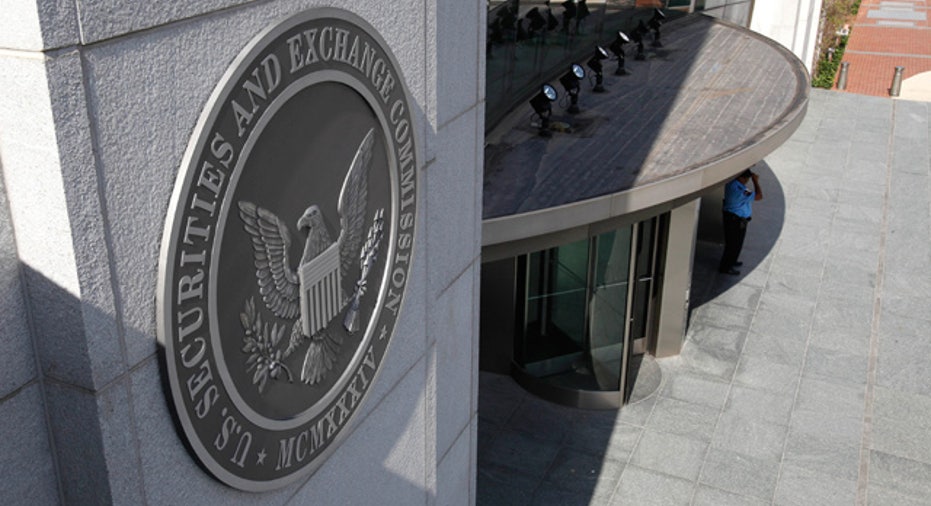SEC To Scrutinize High-Frequency Trading

The controversial practice of high-frequency trading could face far greater scrutiny from the Securities and Exchange Commission under an array of proposals described Thursday by SEC Chairman Mary Jo White.
In a speech on market structure in New York, White said U.S. equity markets are now “dominated” by computer trading in which sophisticated algorithms allow traders to buy and sell stocks in huge volumes in fractions of a second.
The shift to computers has “transformed the nature of trading,” White said, adding that the new method has benefited not only the high-frequency traders who skim profits from their rapid movements but investors of all stripes.
But high-frequency trading has come under increased criticism in recent months, especially in the wake of a book by high-profile author Michael Lewis which described how high-frequency traders can use their sophisticated technology to profit at the expense of individual investors.
White said Thursday that the SEC will form a committee to review proposals that would create more oversight of high-frequency trading, which now accounts for more than half of all equity trading.
Specifically, the SEC is proposing that high-frequency traders be required to register with securities regulators as broker dealers.
“Dealer registration and FINRA membership should significantly strengthen regulatory oversight over active proprietary trading firms and the strategies they use,” White said.
White said the SEC will also scrutinize controversial high-frequency strategies that in the past have led to market disruptions such as the so-called “flash-crash” in 2010 when stock markets plunged as a result of computer programs that pushed through a cascade of sell orders based on faulty trading information.
White said she has asked her staff to develop an “anti-disruptive” trading rule.
Technology arrangements with exchanges that allow some high-frequency traders to access information milliseconds ahead of other traders will also be targeted under the SEC’s proposals.
These types of arrangements have also raised questions about whether existing exchange networks can handle the volume created by high-frequency traders. Last summer, trading in Nasdaq stocks was shut down for several hours after a public data feed for the Nasdaq Stock Market overloaded.
White took pains to ensure market participants that the SEC had no plans to thwart technological evolution, much of which has benefited all investors.
“The SEC should not roll back the technology clock or prohibit algorithmic trading, but we are assessing the extent to which specific elements of the computer-driven trading environment may be working against investors rather than for them,” she said.
High-frequency traders and its supporters say the technological advances have lowered the cost of trading for all investors by increasing liquidity and improving efficiencies within stock markets.
The proposals will also seek more transparency from traders who use so-called dark pools, or unregistered exchanges that don’t require the same level of disclosure as SEC-sanctioned exchanges.
Dark pool operators and the mostly institutional traders who use them say the venues benefit investors because they allow for large trades without tipping off other investors who could jump into the trade and influence the direction of a stock price.
With the market structure initiative just getting off the ground, it’s likely that the proposals wouldn’t go into effect for a long time, possibly several years.



















